1. Importance of VHF Antennas for Marine Communication
In the vast expanse of the world’s oceans, effective communication is essential for safe and efficient navigation. VHF (Very High Frequency) antennas serve as the backbone of marine communication systems, enabling sailors to exchange vital information with other vessels, shore stations, and emergency services. These antennas facilitate the transmission and reception of VHF radio signals, allowing boaters to communicate navigational intentions, weather updates, and distress calls, thereby enhancing safety and coordination on the water.
2. Understanding the Difference Between Commercial and Recreational Use
Commercial and recreational boaters have distinct communication needs influenced by factors such as vessel size, operating environment, and regulatory requirements. Commercial vessels, such as cargo ships, fishing fleets, and passenger ferries, rely on robust communication systems to coordinate complex operations, comply with maritime regulations, and ensure the safety of crew and cargo. In contrast, recreational boaters may prioritize ease of use, affordability, and additional features such as AIS (Automatic Identification System) for enhanced situational awareness and collision avoidance.
3. Factors to Consider When Choosing an Antenna
Selecting the right VHF antenna requires careful consideration of several factors to ensure optimal performance and compatibility with the vessel’s requirements:
- Frequency Range: Ensure that the antenna is tuned to the VHF frequency band commonly used for marine communication (around 156-162 MHz).
- Gain: Consider the antenna’s gain, which determines its ability to transmit and receive signals efficiently over a specific range.
- Construction and Durability: Look for antennas constructed from high-quality materials such as fiberglass or stainless steel, capable of withstanding exposure to saltwater, UV radiation, and harsh weather conditions.
- Mounting Options: Evaluate the available mounting options, such as mast mounting, rail mounting, or deck mounting, to ensure compatibility with your vessel’s configuration.
- Cable Length: Choose an antenna with an appropriate cable length to reach your VHF radio without excessive slack or tension.
- Brand Reputation: Consider reputable brands known for their quality, reliability, and customer support services.
4. Types of Marine VHF Antennas Available
Several types of marine VHF antennas are available to suit different vessel types, operating conditions, and communication requirements:
- Fiberglass Whip Antennas: Durable and relatively affordable, fiberglass whip antennas are popular among recreational boaters for their versatility and ease of installation.
- Collinear Antennas: Collinear antennas feature multiple elements stacked vertically, offering increased gain and range for long-distance communication.
- Marine Band Antennas: Specifically designed for marine use, marine band antennas are optimized for VHF frequencies and often feature rugged construction and weatherproofing.
- Directional Antennas: Directional antennas, such as Yagi or Log-Periodic antennas, offer enhanced performance in specific directions, making them suitable for point-to-point communication or extending range in a particular direction.
5. Installation and Maintenance Tips
Proper installation and maintenance are crucial for maximizing the performance and longevity of marine VHF antennas:
- Location: Mount the antenna in a location that provides a clear line of sight to maximize signal coverage and minimize interference.
- Grounding: Ensure proper grounding to protect against static discharge and electrical interference.
- Cable Routing: Route antenna cables away from sources of electrical noise and avoid sharp bends or kinks that could degrade signal quality.
- Regular Inspection: Periodically inspect the antenna for signs of damage, corrosion, or loose connections, and address any issues promptly to prevent performance degradation.
6. Benefits of Selecting the Right Antenna
Choosing the right marine VHF antenna offers several benefits:
- Reliable Communication: A high-quality antenna ensures clear and consistent communication, enhancing safety and coordination on the water.
- Extended Range: Antennas with higher gain or directional capabilities can extend the range of communication, enabling communication over longer distances or in challenging conditions.
- Durability: Well-constructed antennas designed for marine environments withstand exposure to saltwater, UV radiation, and harsh weather conditions, ensuring long-term reliability and performance.
7. Conclusion: Making an Informed Decision
In conclusion, selecting the right VHF antenna is essential for ensuring reliable communication and safety on the water, whether for commercial or recreational use. By considering factors such as frequency range, gain, construction, mounting options, and maintenance requirements, boaters can choose an antenna that meets their specific communication needs and vessel requirements. Investing in a quality antenna and ensuring proper installation and maintenance will enhance the effectiveness and longevity of your marine communication system, providing peace of mind and confidence during every voyage.

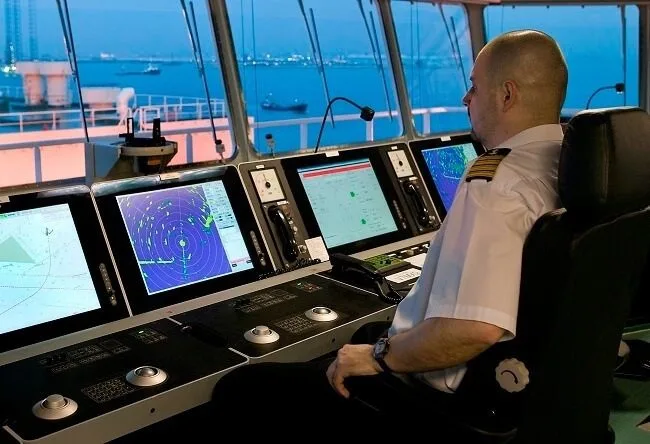
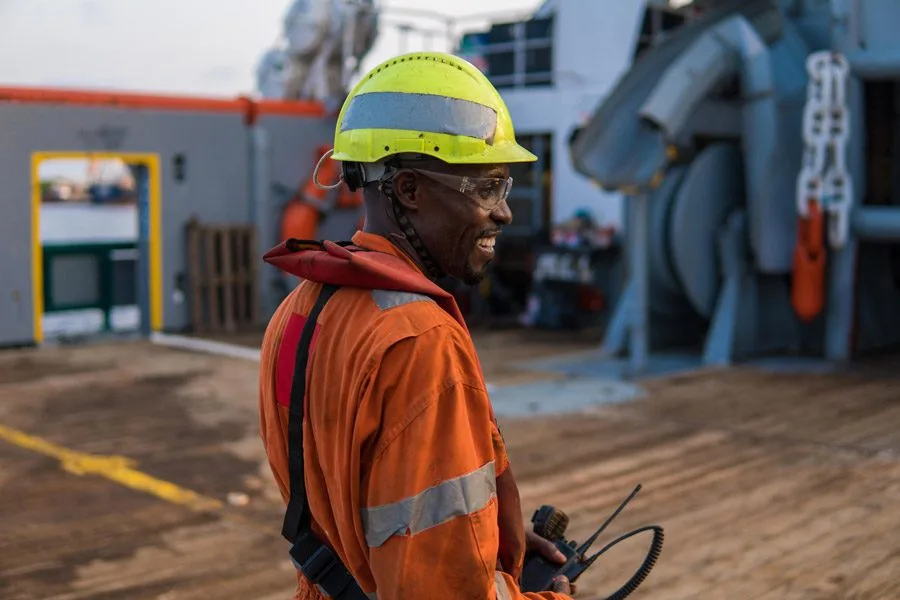
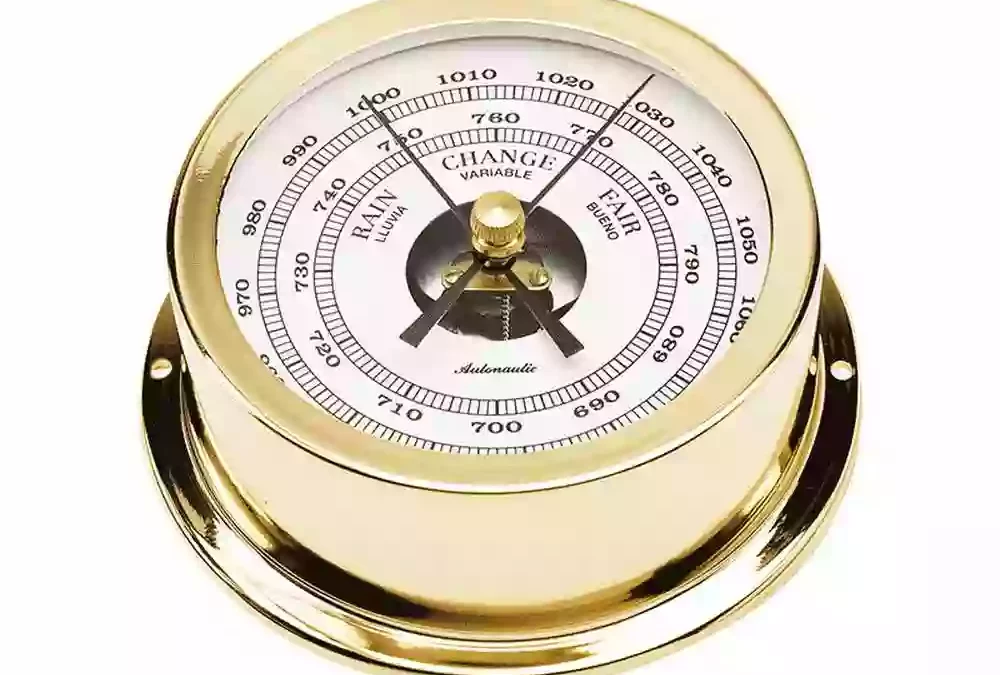
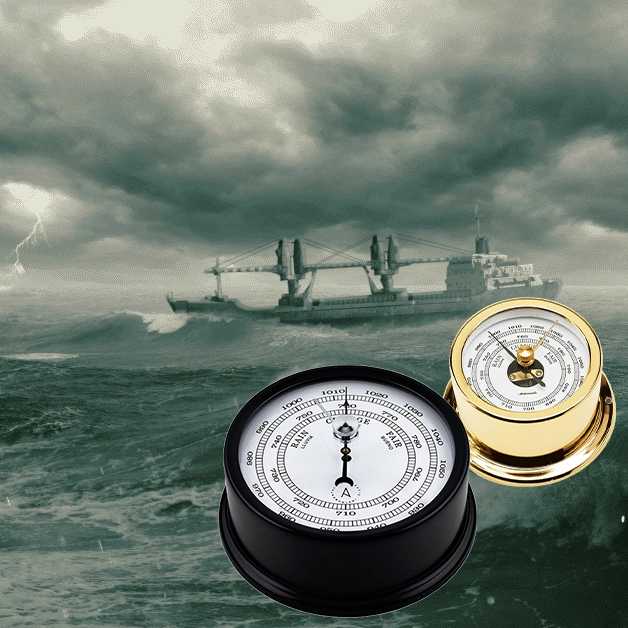

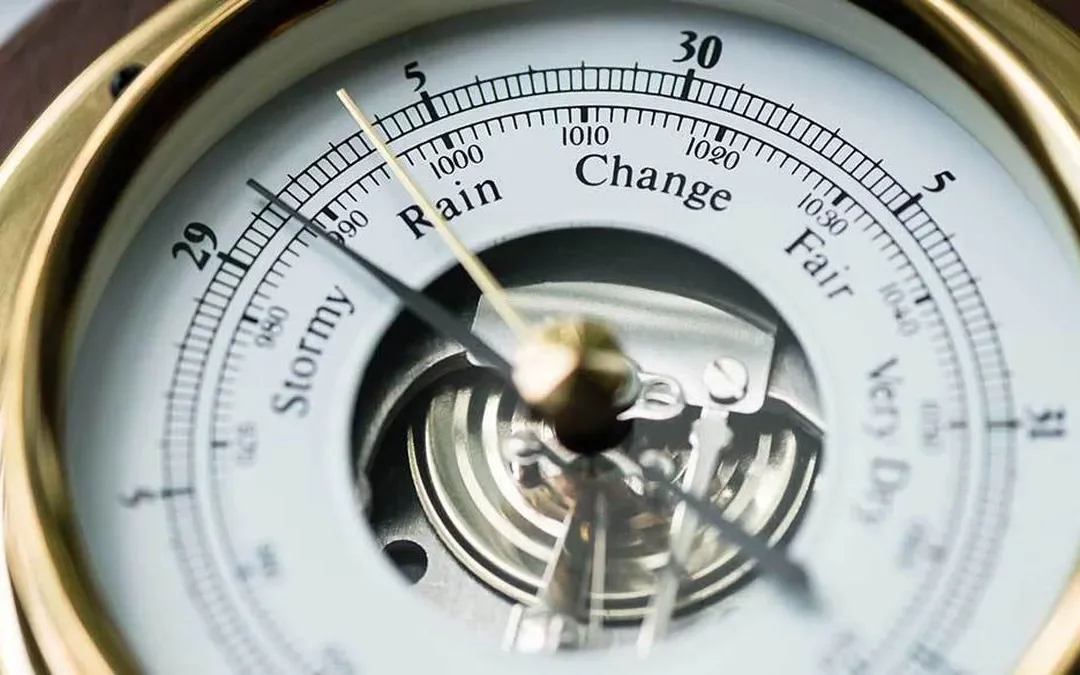
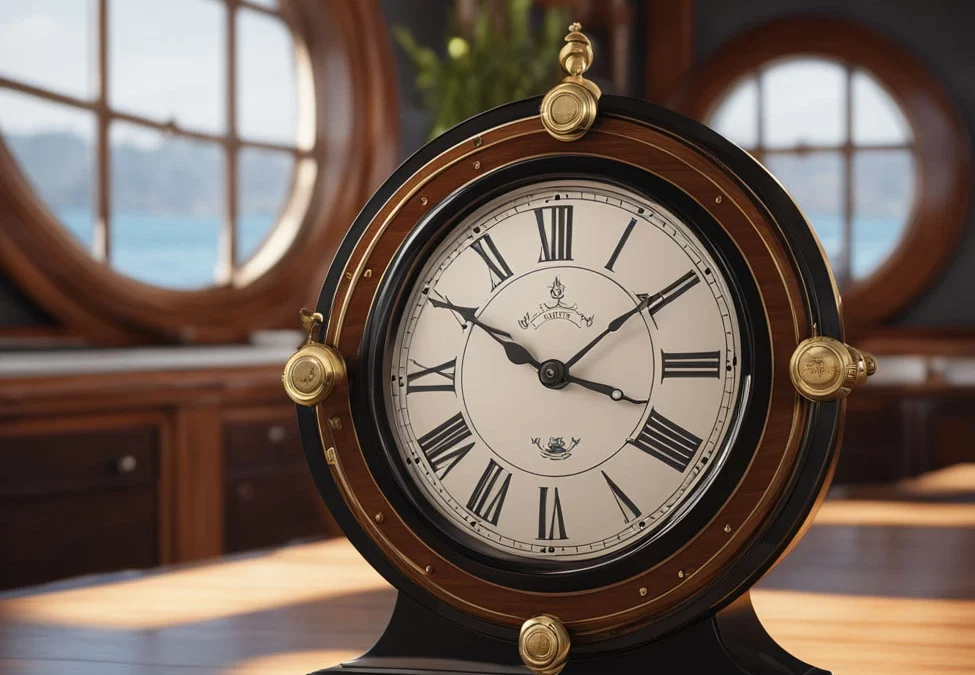
0 Comments